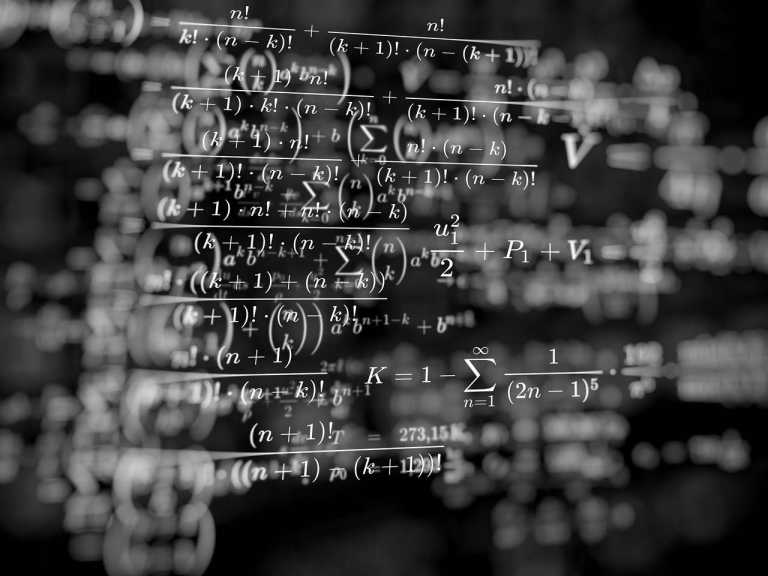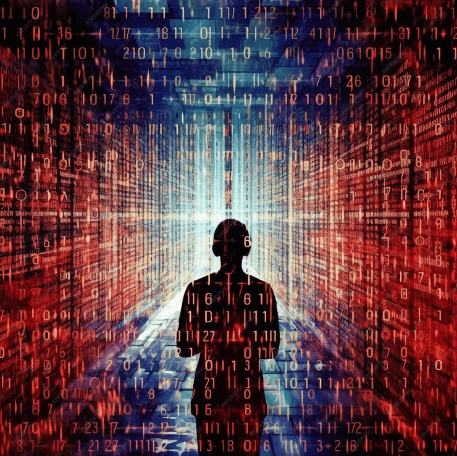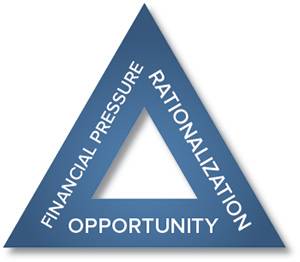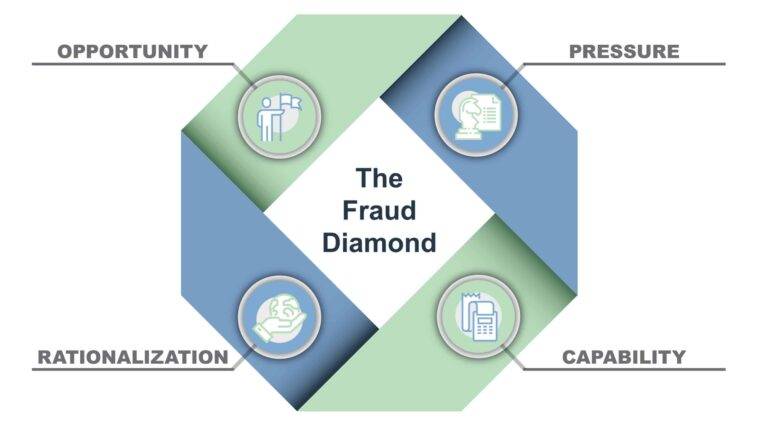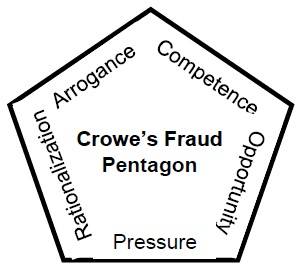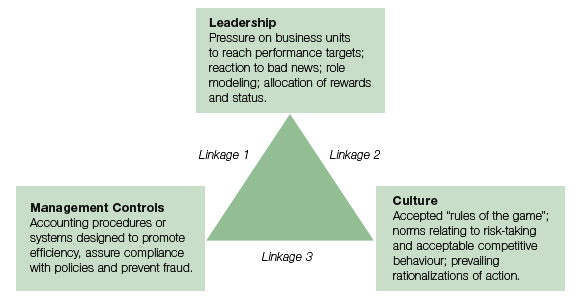Introduction:
In data science and machine learning, Python has become a formidable force. Both experts and fans use it for its ease of use, adaptability, and vast ecosystem of libraries and tools. In this post, we’ll look at Python’s primary libraries, applications in data science and machine learning, and reasons it’s the go-to language in these fields.
Why Python?
1. Readability and Simplicity
Python is designed to have a syntax that is easily readable and comparable to plain English. It facilitates understanding and participation in initiatives for people with different backgrounds.
2. Vast Ecosystem and Libraries:
Python has an extensive library covering nearly all machine learning and data science areas. Among the most well-known ones are:
- NumPy: For computing with numbers.
- Pandas: For analysis and data manipulation.
- Seaborn and Matplotlib: for visualizing data.
- Scikit-learn: For tools and algorithms related to machine learning.
- PyTorch and TensorFlow: For deep learning, use PyTorch and TensorFlow.
3. Community and Assistance:
The Python community is quite lively and dynamic. You may study and solve issues with innumerable tutorials, forums, and other resources.
4. Cross-Platform Compatibility:
Python is compatible with Windows, macOS, Linux, and all other major operating systems. It guarantees the smooth deployment of your code in various contexts.
5. Integration Skills:
Python easily integrates with other languages, such as Java, C, and C++. When writing performance-critical components in these languages is required, this is especially helpful.
Python Libraries for Data Science and Machine Learning
1. NumPy:
The basis for numerical computing in Python is NumPy. It allows for manipulating matrices, arrays, and many mathematical operations on these data structures.
2. Pandas:
For data analysis and manipulation, Pandas is the recommended library. It presents Series and DataFrame, two fundamental data structures that simplify handling structured data.
3. Seaborn and Matplotlib:
These are two essential packages for data visualization. While Seaborn offers a high-level interface for producing visually appealing and educational statistical visualizations, Matplotlib provides a high degree of customization for making static, animated, or interactive plots.
4. Scikit-learn:
A comprehensive library for traditional machine learning algorithms is called Scikit-learn. It encompasses several methods, such as dimensionality reduction, clustering, regression, and classification.
5. TensorFlow and PyTorch:
TensorFlow and PyTorch are two of the most widely used deep learning libraries. They offer a strong and adaptable foundation for creating and developing neural networks. TensorFlow is preferred due to its dynamic computation graph, while PyTorch is noted for its efficiency and scalability.
Applications of Python in Data Science and Machine Learning
1. Data Cleaning and Preprocessing:
Python is essential for preparing and cleaning datasets because of modules like Pandas. It covers data normalization, categorical variable encoding, and handling missing values.
2. Analysis of Exploratory Data (EDA):
Data correlations and patterns can understood using libraries such as Matplotlib, Seaborn, and Pandas.
3. Modelling with machine learning:
The main tool for creating and refining machine learning models is Scikit-learn. It offers multiple algorithms and assessment metrics in a single, consistent interface.
4. In-depth Education:
Deep learning models, such as recurrent neural networks for sequential data and convolutional neural networks for image processing, are built and trained largely with TensorFlow and PyTorch.
5. Implementation and Industrialization:
The flexibility of Python also extends to the production deployment of models. Libraries such as Flask and Django, along with programs like TensorFlow Serving and ONNX, simplify web app development and model deployment.
Conclusion:
In conclusion, Python has become the de facto language for data science and machine learning due to its ease of use, large library, and friendly community. Python gives you the tools you need, regardless of your experience, to solve challenging data issues and create intelligent systems. Python is set to lead due to its expanding ecosystem.




